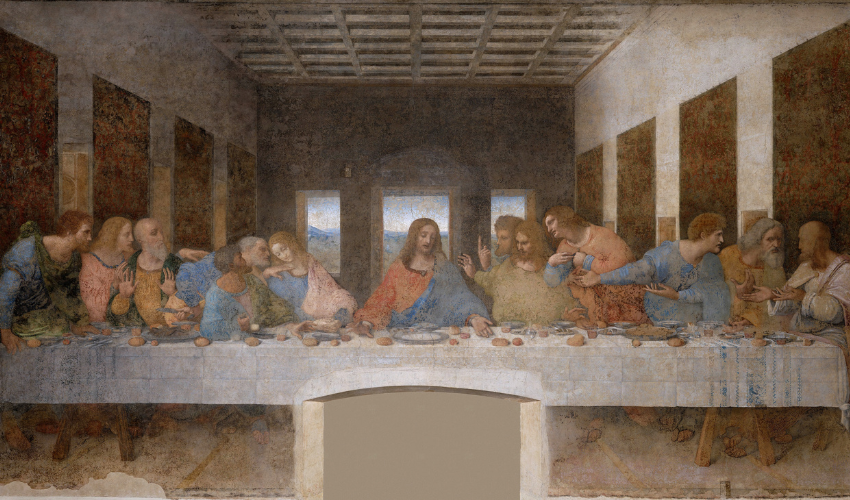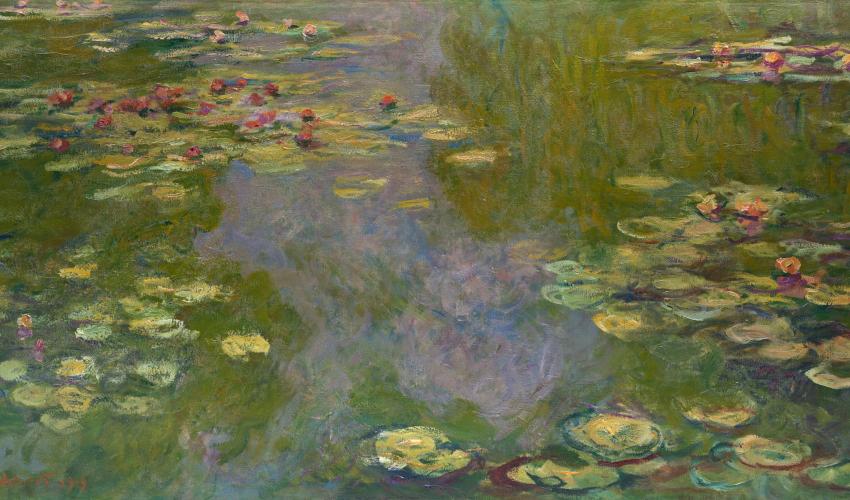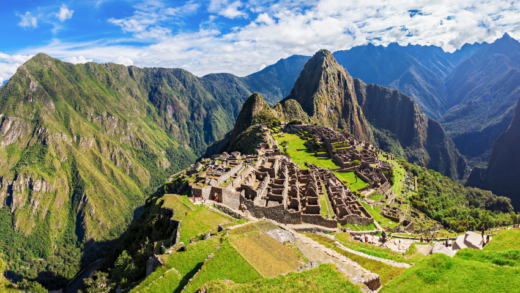Art is an expression of human creativity that has been a part of our lives for centuries. From the early cave paintings to the modern-day abstract art, the world of art has evolved and transformed over time. Art is a visual medium that reflects the culture, history, and values of a society. Famous paintings in art history have captured the imagination of people around the world and have become an integral part of our cultural heritage.
In this article, we will take you on a journey through time and explore the stories behind some of the most famous paintings in art history. We will delve into the lives of the artists, the inspirations behind their works, and the impact these masterpieces have had on the world.
The Renaissance Paintings
The Renaissance was a period of great artistic and cultural achievement. It began in the 14th century and lasted until the 17th century. During this period, artists made significant advances in perspective, realism, and individualism. They created some of the most recognizable and celebrated paintings in art history.
Mona Lisa by Leonardo da Vinci

The Mona Lisa is arguably the most famous painting in the world. Painted between 1503 and 1506, this portrait depicts a woman believed to be Lisa Gherardini, the wife of a wealthy Florentine merchant. The painting is known for its enigmatic smile, and it is considered a masterpiece of the Renaissance era.
The Creation of Adam by Michelangelo

This iconic fresco painting is part of the Sistine Chapel ceiling in Vatican City. It was painted by Michelangelo between 1508 and 1512 and depicts the Biblical story of the creation of Adam, where God breathes life into Adam’s nostrils. This painting is known for its dramatic composition and intricate details.
The Last Supper by Leonardo da Vinci

Another masterpiece by Leonardo da Vinci. The Last Supper is a mural painting depicting the final meal Jesus had with his disciples before his crucifixion. Painted between 1495 and 1498, the painting captures the moment when Jesus announces that one of his disciples will betray him.
Impressionist Paintings
Impressionism was a movement that emerged in the late 19th century. It was characterized by a focus on capturing fleeting moments and sensations of everyday life. The artists of this movement sought to depict the effects of light and color in a more realistic way than predecessors.
Water Lilies by Claude Monet

This series of paintings by Claude Monet depicts his flower garden at Giverny. Painted between 1897 and 1926, these paintings are known for their vibrant colors and loose brushwork, capturing the essence of nature in a way that had never been seen before.
Starry Night by Vincent van Gogh

This iconic painting by Vincent van Gogh is known for its swirling brushstrokes and vivid colors. Painted in 1889, the painting depicts the view from Van Gogh’s asylum room in Saint-Paul-de-Mausole, capturing the beauty and turbulence of the night sky.
Luncheon of the Boating Party by Pierre-Auguste Renoir
This painting is a snapshot of Parisian society in the 19th century.
Bullet Points
- The Mona Lisa is a portrait of a Florentine woman painted by Leonardo da Vinci in the early 16th century.
- The Starry Night is a painting by Vincent van Gogh. It was completed in 1889 while he was in an asylum in Saint-Rémy-de-Provence, France.
- The Last Supper is a fresco painting created by Leonardo da Vinci in the late 15th century.
- The Scream is a painting by the Norwegian artist Edvard Munch, created in 1893.
- Guernica is a painting by the Spanish artist Pablo Picasso, completed in 1937.
FAQs
Why is the Mona Lisa so famous?
The Mona Lisa is famous for its enigmatic smile and technical brilliance. It is also considered a symbol of Italian Renaissance art.
What is the meaning behind the Starry Night?
It is believed to represent the emotional turmoil and psychological state of Vincent van Gogh at the time of its creation.
Why is The Last Supper considered a masterpiece?
It is considered a masterpiece for its innovative use of perspective, composition, and the skillful portrayal of human emotion.
What inspired Edvard Munch to create The Scream?
He was inspired by his personal experiences of anxiety and despair, as well as the social and political upheavals of his time.
What is the significance of Guernica in art and politics?
It is considered one of the most powerful anti-war statements in art history. It has become a symbol of peace and resistance against violence and oppression.
Conclusion
The world’s most famous paintings in art history continue to inspire us with their beauty, creativity, and cultural significance. From the Mona Lisa to Guernica, these masterpieces represent the artistic genius of their creators and the historical and social contexts in which they were created. By exploring the stories behind these paintings, we gain a deeper understanding of the human experience and the power of art to move us, challenge us, and transform our world. Whether we admire them for their technical brilliance, their emotional impact, or their political significance, these paintings will always be an essential part of our cultural heritage and a testament to the enduring power of human creativity.





















